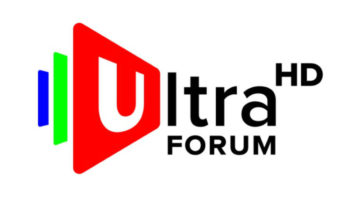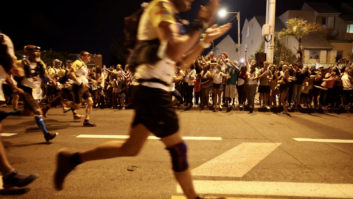French company Ateme’s encoding technology has been selected for use in the first public Ultra HD demonstration with MPEG-4 AVC (H.264) by NHK in Tokyo. Ateme is cooperating closely with NHK Labs in the design and development of this next-generation standard, the spec of which is as impressively even further beyond HD than HD is already beyond SD, writes Andy Stout.
NHK, which first began research into HD in 1964, has now started public testing of the next-generation Ultra HD standard. NHK’s Ultra HD technology includes a resolution of 7680 x 4320, which is up to 16X ‘clearer’ than HDTV. The prototype super-fast cameras can capture data at a rate of 4,000 frames per second and the audio component is 22.2 (as compared to today’s 5.1 surround sound).
Ultra HD cameras, recorders, encoders and projectors are being developed now and 2009 will mark the introduction of the full specification for Ultra HD. NHK estimates that satellite transmission tests will begin in 2011, and by 2020, Ultra HD will be ready for broadcast to households.
Ultra HD broadcasting consumes a tremendous amount of bandwidth – 18 minutes of uncompressed footage consumes 3.5 terabytes of data and one minute of uncompressed footage consumes 194 gigabytes. The use of Ateme’s MPEG-4 AVC compression technology dramatically reduces the bandwidth requirements while maintaining the best quality.
“We are very excited to be partnered with NHK – the leading broadcaster in the world for advanced technology implementation – for Ultra HD,” said Benoit Fouchard, VP sales, broadcast and broadband for Ateme. “Ateme’s MPEG-4 AVC encoding has always been accepted as the world’s best, and NHK’s sole reliance on our technology proves we are fully capable of scaling to the ultimate in bandwidth and quality requirements for HD. We are very proud to be working with them and look forward to a continued partnership with NHK.”






